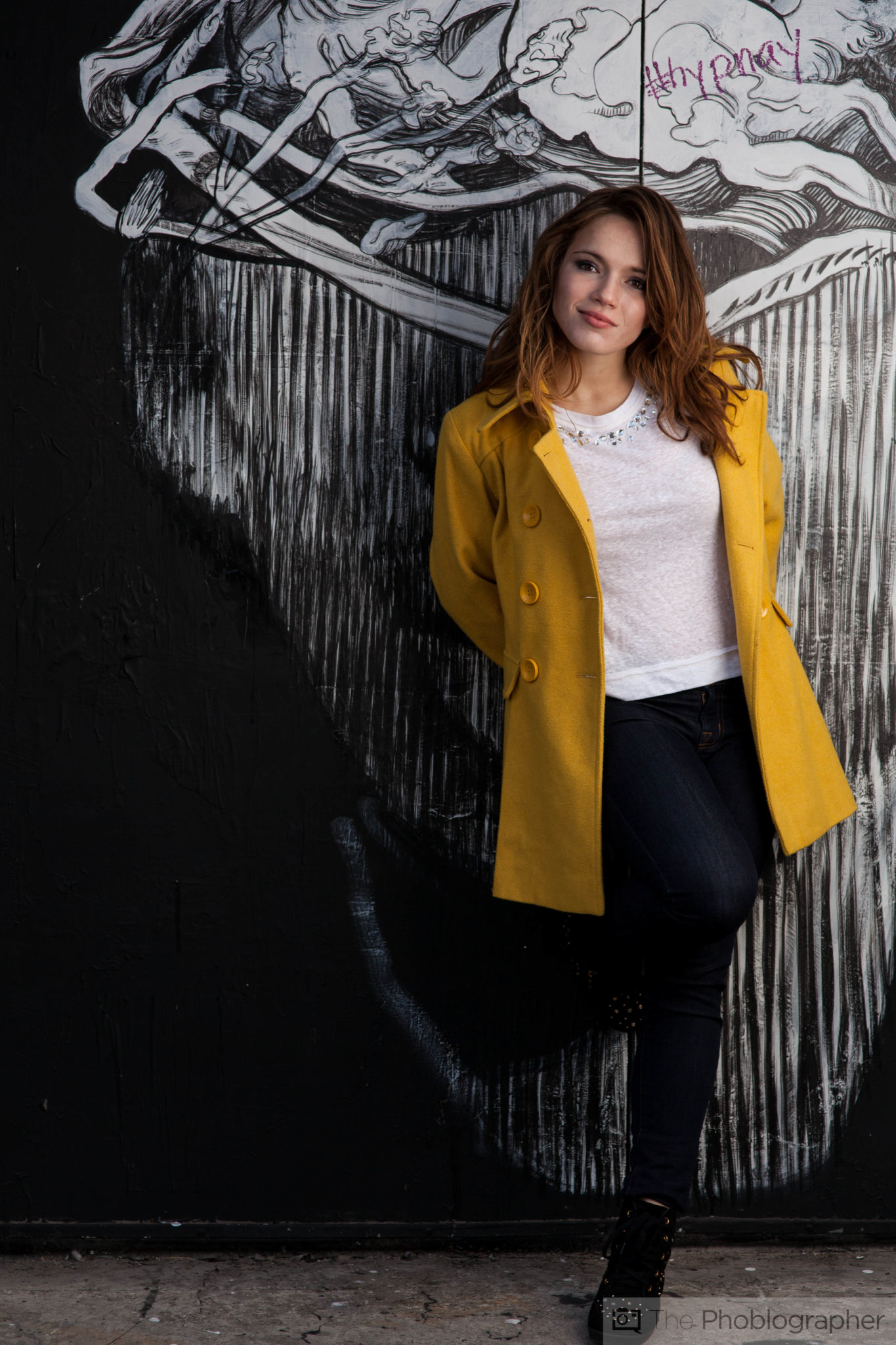Last Updated on 11/27/2017 by Chris Gampat
When you’re first getting into working with flashes, a question you’re most likely going to ask is why you should even consider using high speed sync at all? You’ve probably seen some photos and lots of photographers probably figure they can create the same look with natural light. Realistically, you could do so with great difficulty in Photoshop and Lightroom. But it’s much easier to get it right in camera and then carry on shooting as you normally would. Plus, they’re two specific and different looks.
What is High Speed Sync
High speed sync can sometimes be known as overpowering the sun. You see, most cameras have a maximum flash sync speed that can be fired without getting any sort of trail from the shutter curtains in the frame. But with high speed sync the flash tends to fire in succession so fast the human eye can’t really see it. It allows you to shoot at a faster shutter speed and therefore stop some extra motion. Your flash output is still otherwise based on the ISO and the aperture of your lens. Lots of portrait photographers, wedding photographers and other shoot with high speed sync. Sports shooters do it as well. But most of the time, it’s traditionally seen with portraiture. And to really understand it, you have to sort of see the scene as something beyond what your eyes see. Instead, your mind’s eye needs to see something different.
What Does Natural Light Do?
Before we even get into it, you should know how flash works with exposures. Your shutter speed controls the ambient light, the ISO controls overall sensitivity, and the aperture controls the amount of light from that flash in manual mode. But in TTL mode, your flash will read the aperture and the ISO providing that those are being communicated to it. With natural light, all that you’re working with is what’s in front of you and nothing else.
Here are two examples:
Natural Light
High Speed Sync
Notice how with high speed sync we have two key light sources: the sun behind them and the frontal light. This couldn’t have been done easily without high speed sync. You’d otherwise need an ND filter, and a whole lot of flash output power.
The Creative Photographer’s Tool: What Does High Speed Sync Do?
So if you’re working with high speed sync, what you’re supposed to do is envision another light source in the scene along with the ambient light being cut down intensely. Here are some examples of this at work: it’s very difficult to do otherwise, but if you want the HSS look, you should check out this post that I did a while back.













